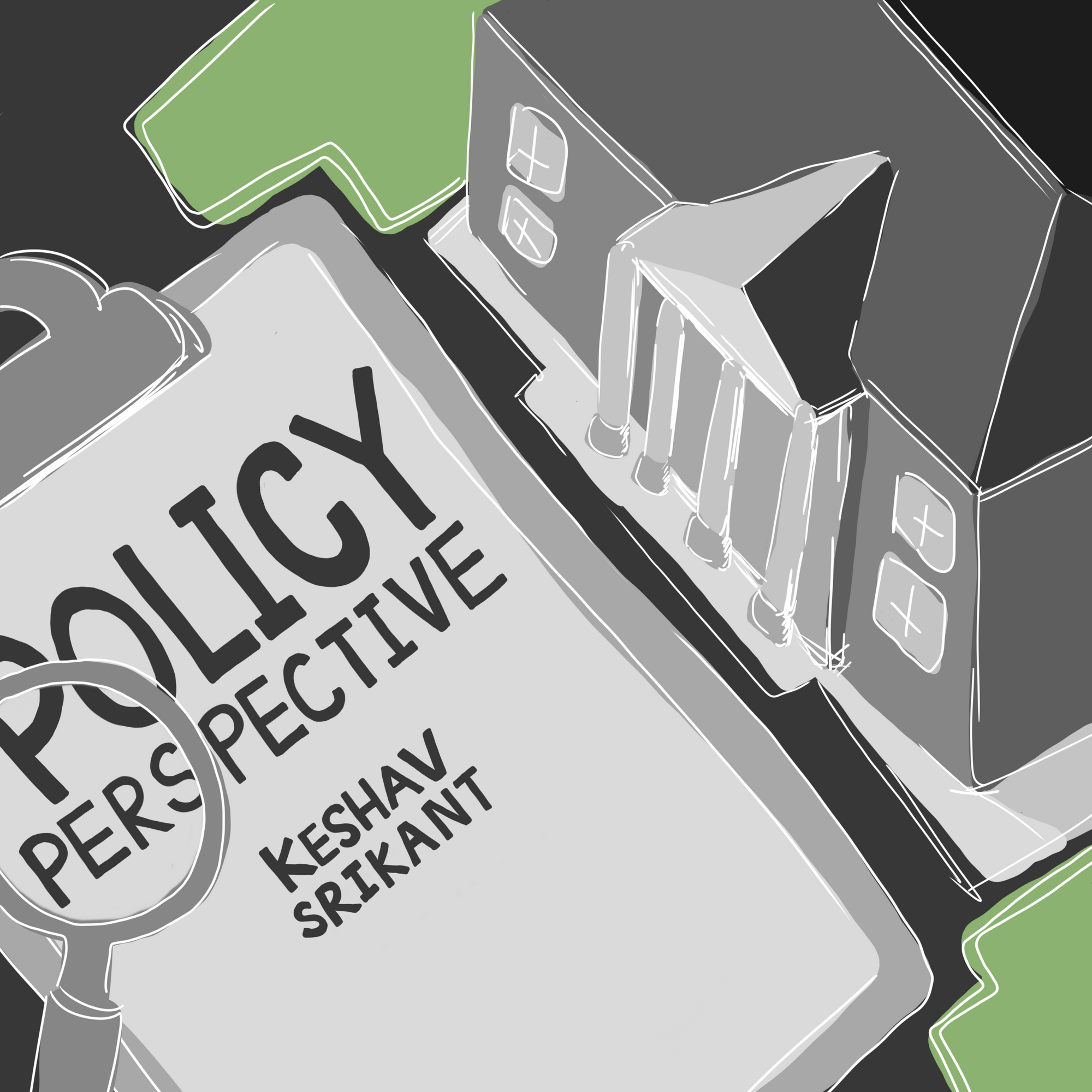As sophomores settle in at Tufts, many are already thinking about off-campus housing for next year. This happens for a reason: Housing in the Medford and Somerville area has gotten increasingly expensive, while still being difficult to find. There is no doubt that Tufts University and its students play some role in this, but this trend isn’t just occurring in Medford and Somerville — it’s occurring in many cities across the country.
In Manhattan, the cost of rent is hitting a record high. The San Francisco Bay Area is infamous for its sky-high housing costs and lack of affordable housing which has led to more people being left without a home or forced to move. Inflation can explain some of this, but not all of it. In 2021, home prices across America increased by 20% while the inflation rate was only 7.5%, and in 2022, home prices rose by 10.3% against an inflation rate of 6.3%. Today, people are spending a much larger portion of their income on housing than ever before.
Economic theory tells us that more demand than supply leads to a shortage, causing prices to rise and prompting more suppliers to enter the market until the quantity supplied is equal to the quantity demanded. In other words, the housing supply should have increased as demand did, leading to the shortage being resolved. However, this has not happened in the housing market: supply has not kept up with increasing demand. For example, a study found that for every eight new jobs in San Francisco (which presumably bring more people to the city), only one home was added.
The reasons for this are complex and contested, but zoning laws and other regulations play an undeniable role. Zoning laws are laws that regulate what type of housing can be built in various areas. In many communities, zoning laws ban multi-family housing, such as apartments, townhomes and duplexes. A 2019 New York Times analysis found that in many American cities, 75% of residential land has single-family zoning laws. There are a host of other housing regulations that make building housing harder, including minimum lot sizes, minimum parking requirements and density restrictions. An exception to this is Houston, which is largely free of zoning laws (though not completely) and is constantly passing regulation reforms to make building housing easier. Although Houston is not perfect, this difference in approach to zoning and other land use regulations has helped Houston make strides in tackling homelessness that the New York Times has called “remarkable,” most notably finding homes for 25,000 people without them. Houston builds housing much faster than cities such as San Jose, and analysis has found it is more affordable than other growing cities in the United States.
Houston shows that policies and regulation reforms designed to make it easier to build multi-unit housing are the path out of the housing affordability crisis we face. Such policies may not fix the national housing crisis, but they would be a key start.






